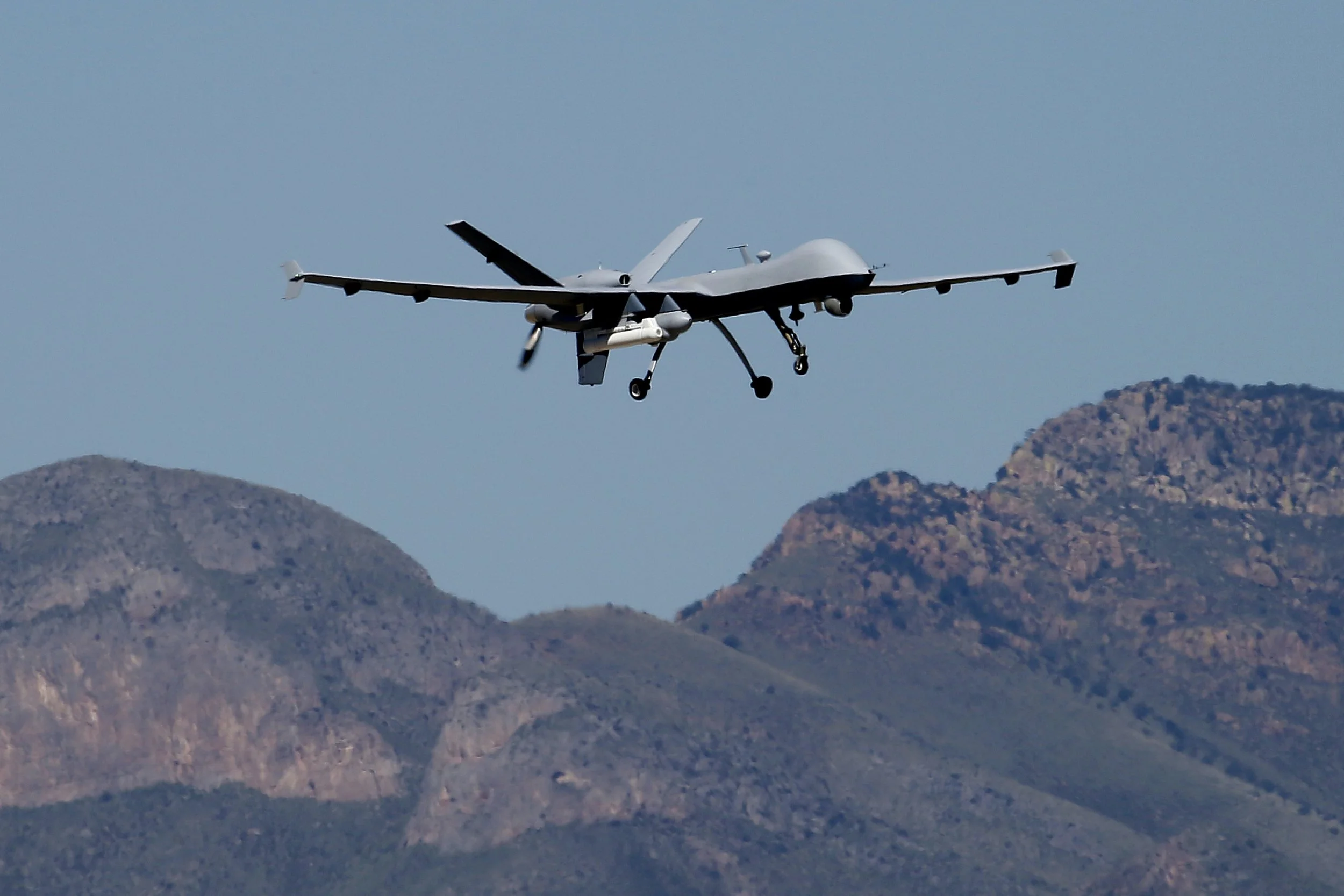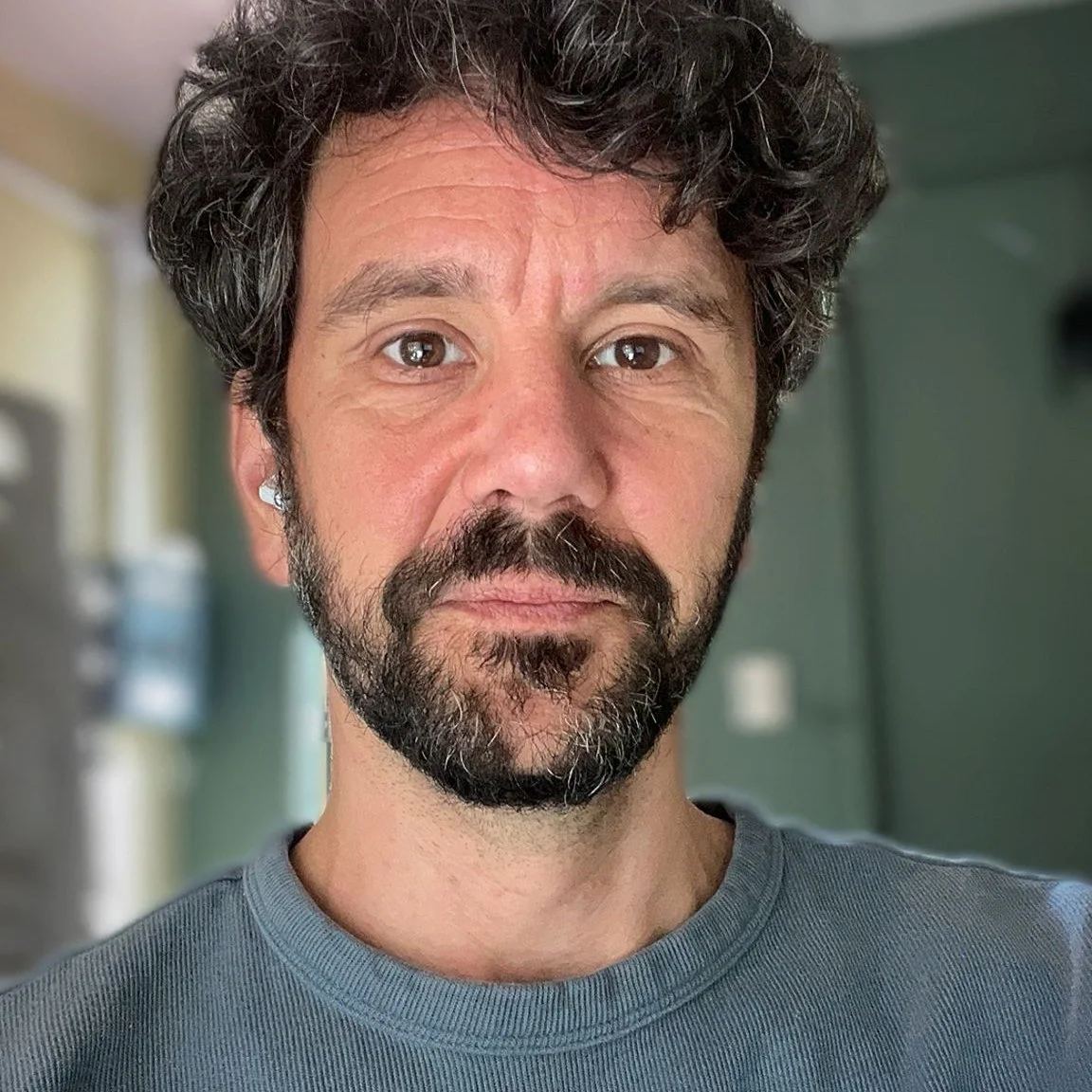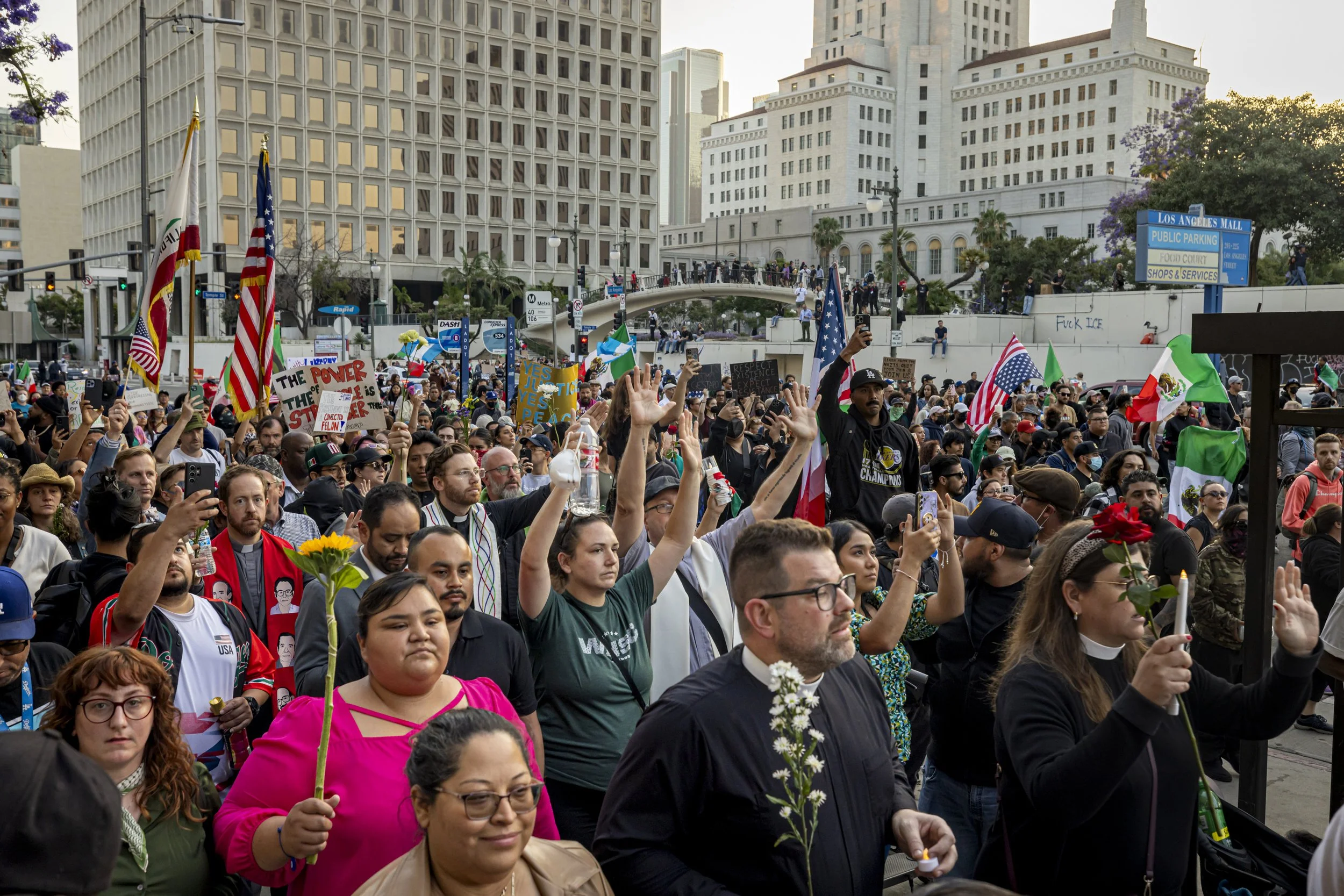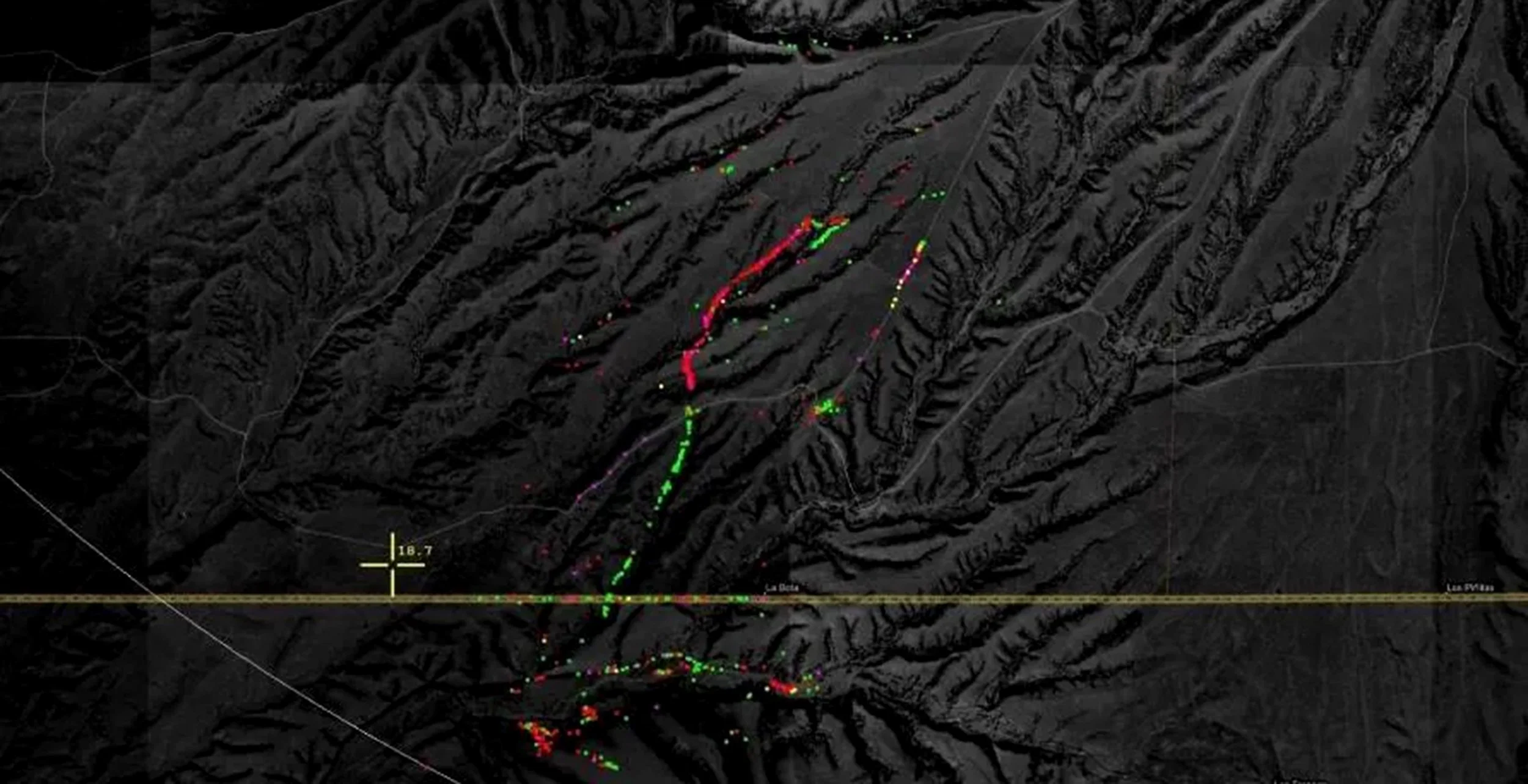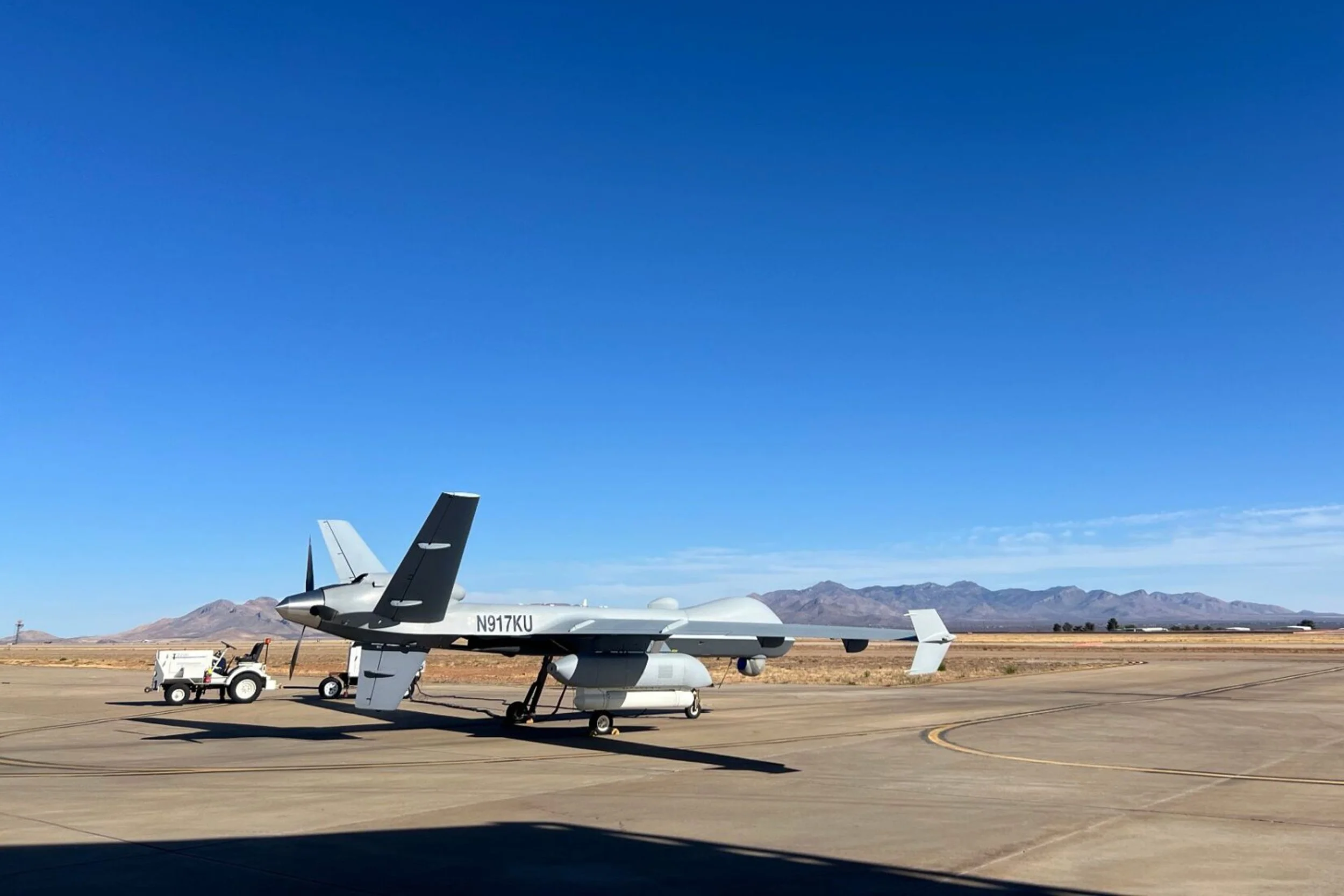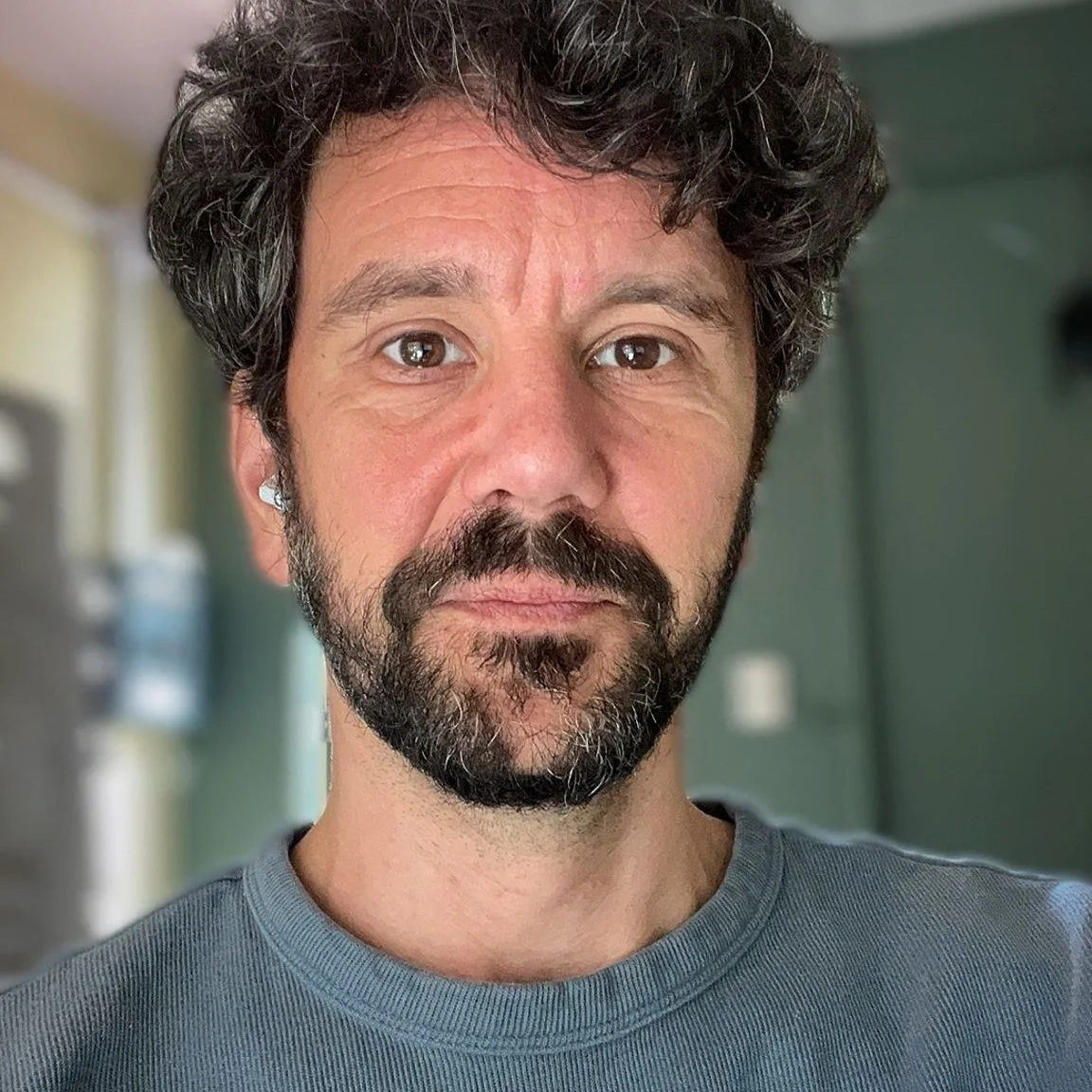Predator drones shift from border patrol to protest surveillance
A U.S. Customs and Border Patrol drone aircraft over Ft. Huachuca in Sierra Vista, Ariz., September 24, 2014. CBP uses the drones to patrol areas where there are no agents, camera towers, ground sensors, or fences. Photo by Matt York/AP Photo
Domestic surveillance: Military-grade drones deployed over demonstrators for first time since 2020.
Editor's Note: This article is co-published with the Los Angeles Times and Puente News Collaborative, a bilingual nonprofit newsroom, convener, and funder dedicated to high-quality, fact-based news and information from the U.S.-Mexico border.
FT. HUACHUCA, Ariz. – When MQ-9 Predator drones flew over anti-ICE protests in Los Angeles this summer, it was the first time since 2020 that they had been dispatched to monitor demonstrations on U.S. soil, and their use reflects a change in how the government is choosing to deploy the aircraft once reserved for surveilling the border and war zones.
Previous news reports said the drones sent by the Department of Homeland Security conducted surveillance on the weekend of June 7 over thousands of protesters demonstrating against raids conducted by Immigration and Customs Enforcement.
The Predators flew over Los Angeles for at least four more days, according to tracking experts who identified the flights through air traffic control tower communications and images of a Predator in flight.
Those amateur sleuths who monitored flight traffic and identified the first flight – which was confirmed by Customs and Border Protection – shared their findings on social media.
Defenders of using drones to monitor protests say the aircraft, with their high-tech capabilities, can provide authorities with useful and detailed information in real time. Human rights advocates fear the new policy will impinge on civil rights.
The drones, which fly at around 20,000 feet to conduct surveillance, can beam a live video feed to various government agencies — ICE, the military, and more.
‘The deployment of Predators over protestors is a significant departure from the U.S. government’s policy not to fly the drones over demonstrations, to avoid the perception that they are spying on activity protected under the First Amendment.’
When asked about the additional days of flights over Los Angeles, Homeland Security did not directly address the questions but said the flights were meant to protect police and military.
“CBP’s Air and Marine Operations (AMO) has provided both Manned and Unmanned aerial support to federal law enforcement partners conducting operations in the Greater Los Angeles area,” read a DHS statement.
“Both platforms provide an unparalleled ability with Electro-optical/infrared sensors and video downlink capabilities that provide situational awareness and communications support that enhance officer safety,” DHS added in the statement.
Over the summer, Homeland Security touted in a post on X (formerly Twitter) information obtained through drones. The tweet included video of vehicles on fire and protesters squaring off with law enforcement personnel, apparently to show why it was necessary for the Trump administration to deploy the National Guard in Los Angeles.
“WATCH: DHS drone footage of LA rioters,” the post read. “This is not calm. This is not peaceful. California politicians must call off their rioting mob.”
The post was dated June 10, but it was not clear if the video was from a Predator drone.
Religious leaders conduct a vigil outside the L.A. Detention Center as protests continue following clashes with police after immigration raids on June 10, 2025 - the same day the Department of Homeland Security on X posted video of protests taken by a drone. Photo by Michael Nigro/Sipa USA, via AP Images
Supporters of civil liberties are asking why this equipment, which has been used to drop laser-guided bombs on targets in countries like Afghanistan, is being used for domestic issues.
The deployment of Predators over protestors is a significant departure from the U.S. government’s policy not to fly the drones over demonstrations, to avoid the perception that they are spying on activity protected under the First Amendment, U.S. officials said.
The last time Homeland Security sent a Predator to fly over protesters, according to U.S. government officials, was in Minneapolis during the 2020 protests following the killing of George Floyd by a police officer later convicted of his murder.
‘Spying on people engaged in peaceful protest is unconstitutional, dangerous, and a direct attack on democracy.’
Five Democrats on the House Oversight Committee called the Los Angeles deployment a “gross abuse of authority” and asked Homeland Security to explain what had occurred.
At times, the drones are requested by law enforcement or other authorities to fly over a region, for instance, to help monitor forest fires, or to provide surveillance for the Super Bowl, officials said.
The Predators come equipped with cutting-edge infrared heat sensors and high-definition video cameras, and can track scores of individuals within a 15-nautical-mile radius. The MQ designation refers to the drone’s abilities and function. In military parlance, “M” means multi-use, and “Q” indicates it’s an unmanned aerial vehicle.
The drone uses an artificial intelligence program, called Vehicle and Dismount Exploitation Radar, or VaDER, to detect small objects — a human being, a rabbit, even a bird in flight. The infrared sensors can identify heat signatures even inside some buildings.
VaDER GMTI imagery output from a CBP MQ-9. Image courtesy of U.S. Customs and Border Protection
In response to the drone flights over Los Angeles, Rep. Jimmy Gómez (D-Calif.) introduced a bill in July that would restrict Predator drones and other unmanned aircraft from being deployed by the U.S. government over demonstrators.
“My bill to ban military surveillance drones over our cities puts Trump and his administration in check,” Gómez said. “This is not just about Los Angeles; this affects the entire country. I refuse to allow Trump to use these weapons of war, capable of carrying bombs, as tools for law enforcement against civilians.” The bill is currently in the House Judiciary Committee.
Support the voices of independent journalists.
|
In September, the Los Angeles City Council unanimously approved a resolution endorsing Gómez’s Ban Military Drones Spying on Civilians Act.
“Los Angeles will not stand by while the federal government turns weapons of war against our residents,” said Councilmember Eunisses Hernandez, who introduced the resolution. “Spying on people engaged in peaceful protest is unconstitutional, dangerous, and a direct attack on democracy.”
The drones were first brought to the U.S. southern border in 2005 and retrofitted for surveillance operations. Homeland Security deployed the drones to fly the length of the 2,000-mile U.S.-Mexico border, searching for drug traffickers and groups of undocumented migrants. Just an hour south of Tucson lies Ft. Huachuca, one of four MQ-9 drone bases from where the drones deploy along the southern border and into the interior of the U.S.
An MQ-9 Predator B drone prepares for takeoff at the National Air Security Operations Center in Sierra Vista, Arizona. Photo by Steve Fisher/Puente News Collaborative
As with the MQ-9, military-grade technology often finds its way into the interior of the country, experts say.
“It is tested in war zones, the border, tested in cities along the border, and tested
in the interior of the country,” said Dave Maass, director of investigations at the Electronic Frontier Foundation, a privacy rights organization. “That tends to be the trajectory we see.”
With a drop in migrant crossings into the United States, experts anticipate that drones will be deployed more often over demonstrations in the coming years.
“If somebody in the Trump administration decides there's a need to use drones in the interior over U.S. citizens, resources won't be an issue,” said Adam Isaacson, who covers national security for the Washington Office of Latin America, a human rights research group. “Because there's just not that much to monitor at the border.”
—
Steve Fisher is a Puente News Collaborative correspondent and covers security in Mexico. He has written for The Los Angeles Times, The Wall Street Journal, The New York Times, and The Washington Post. @Stevelfisher

